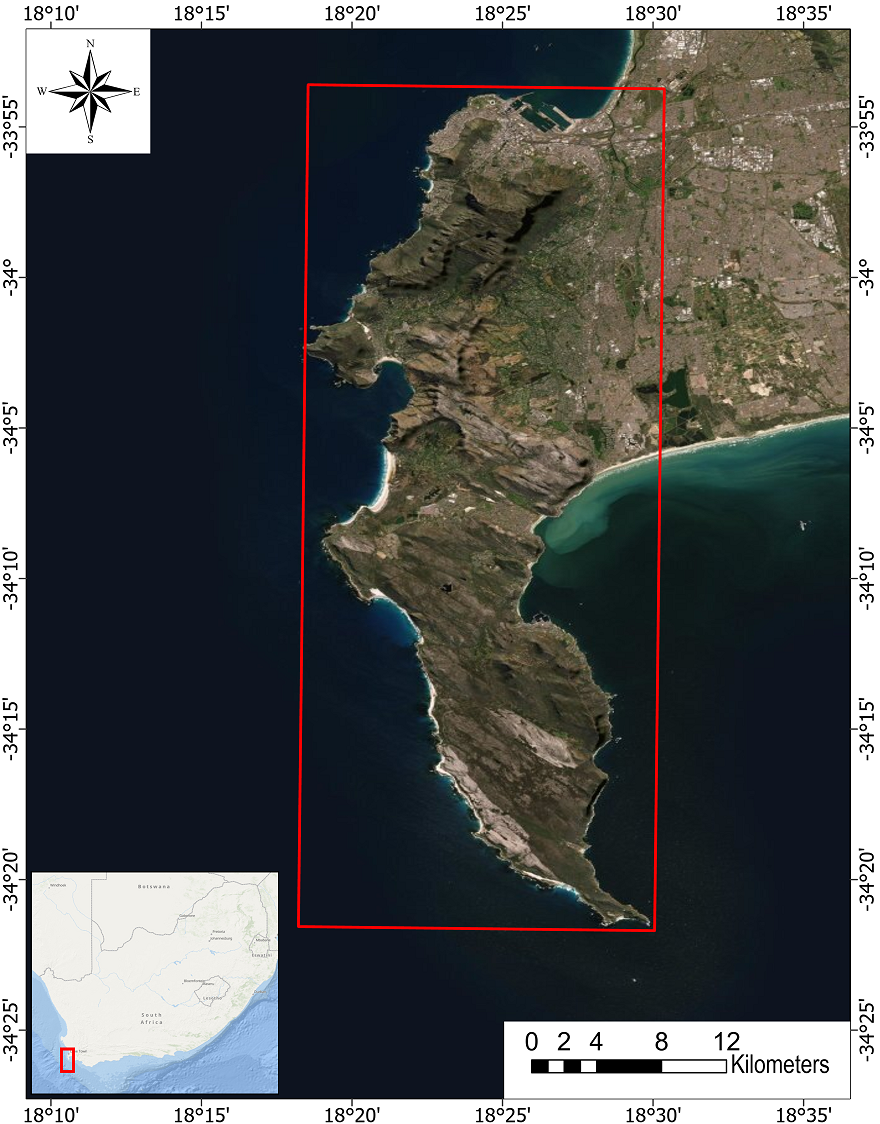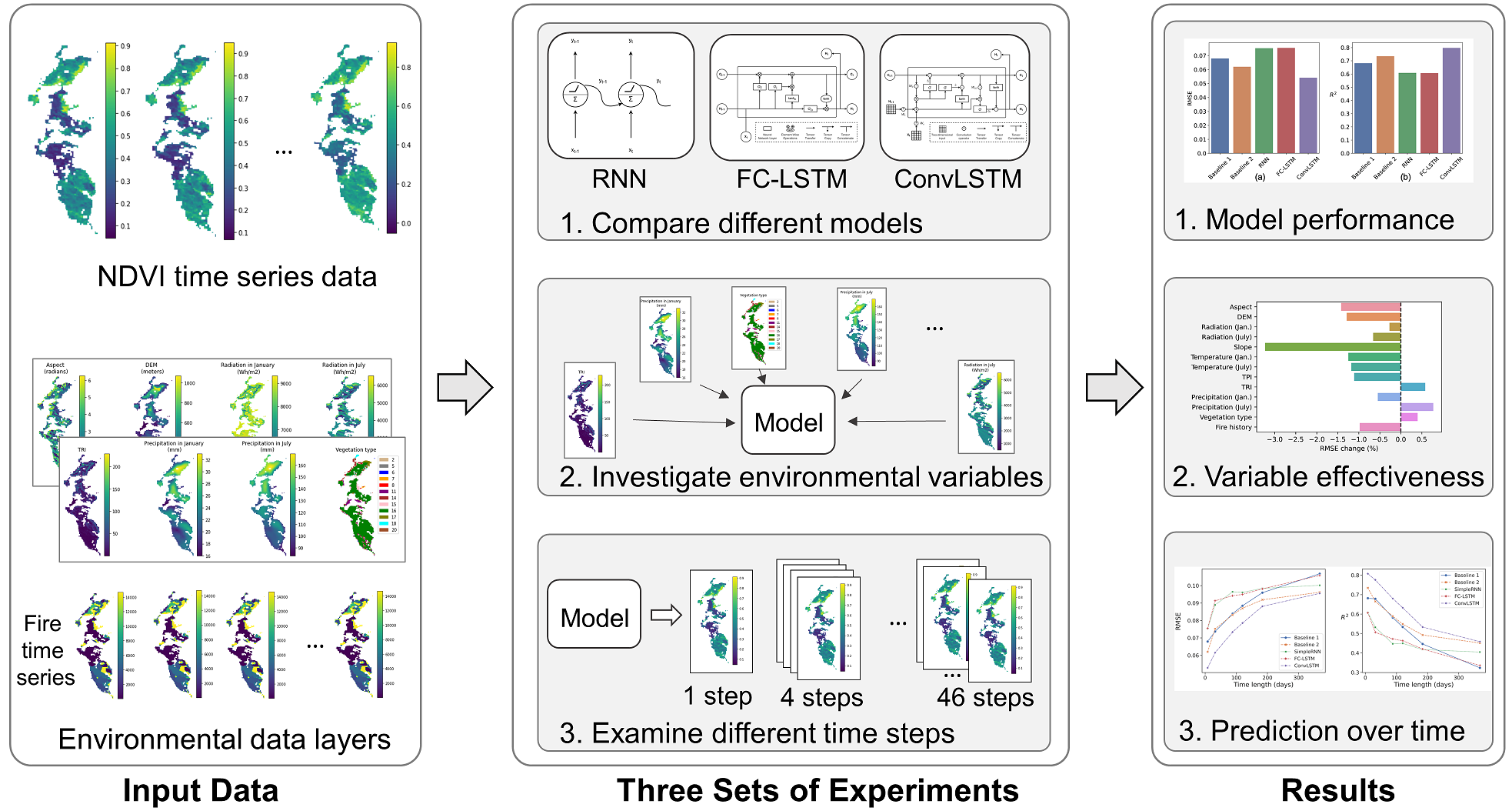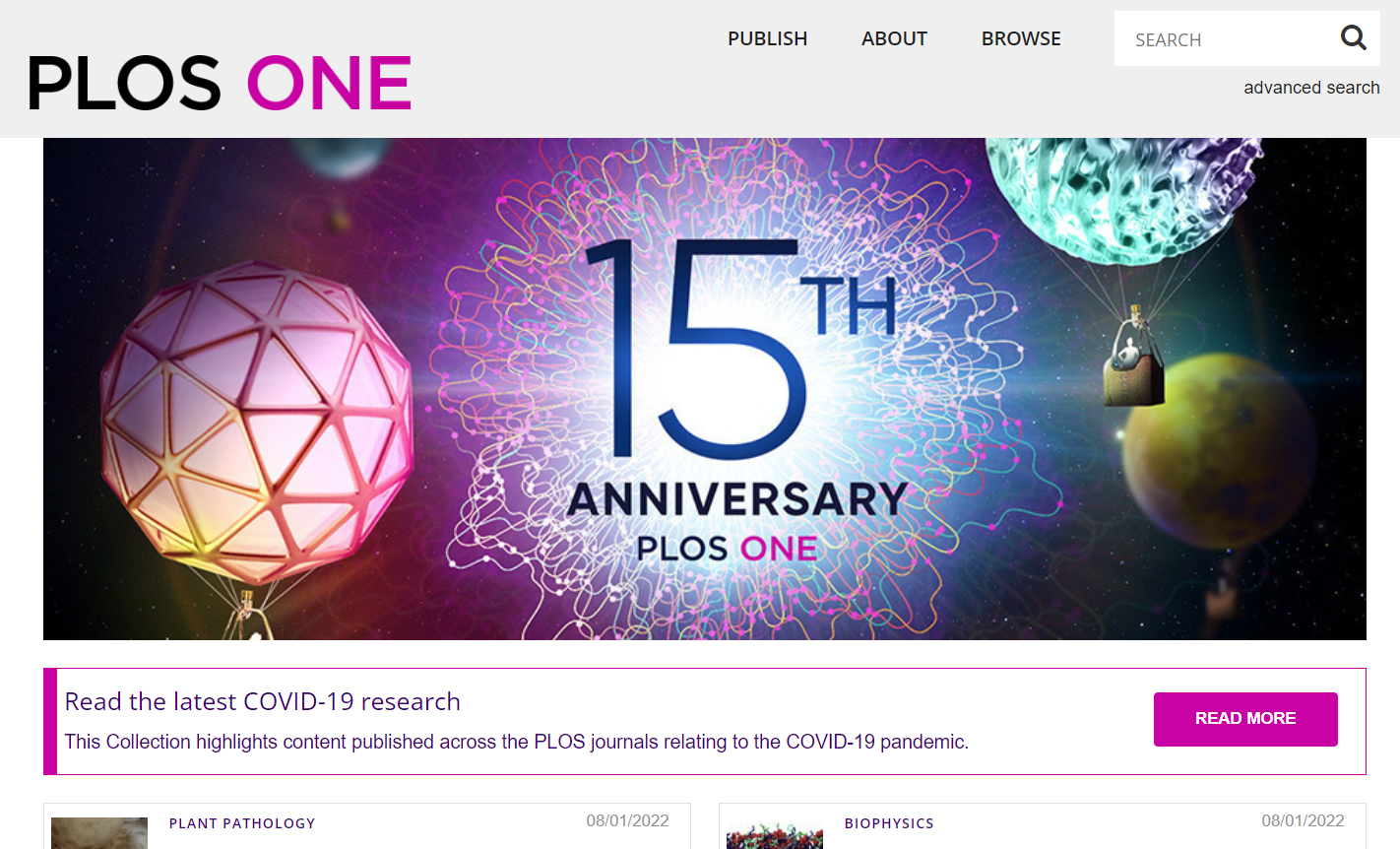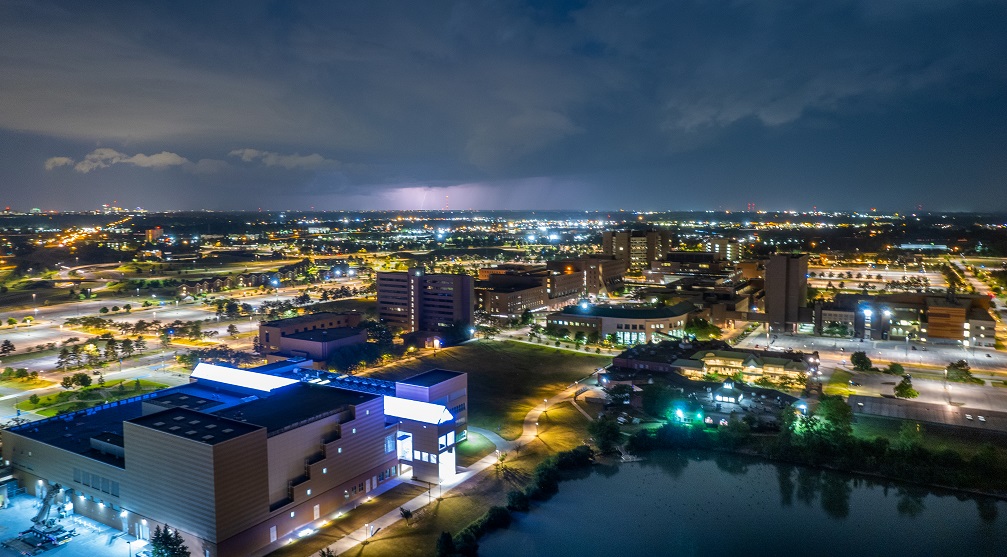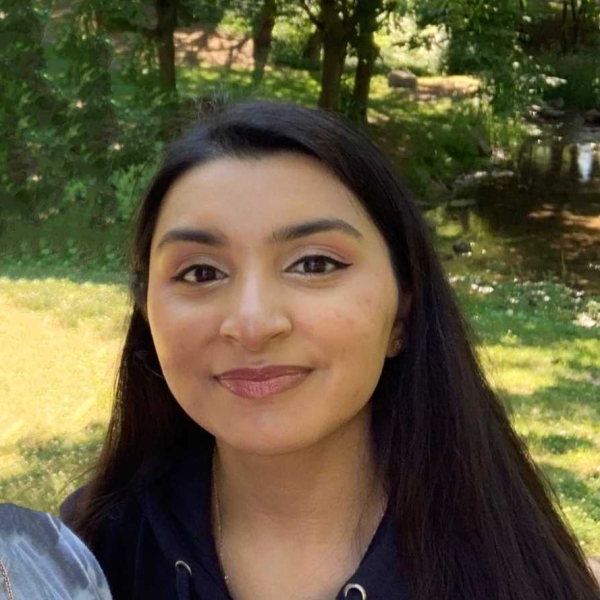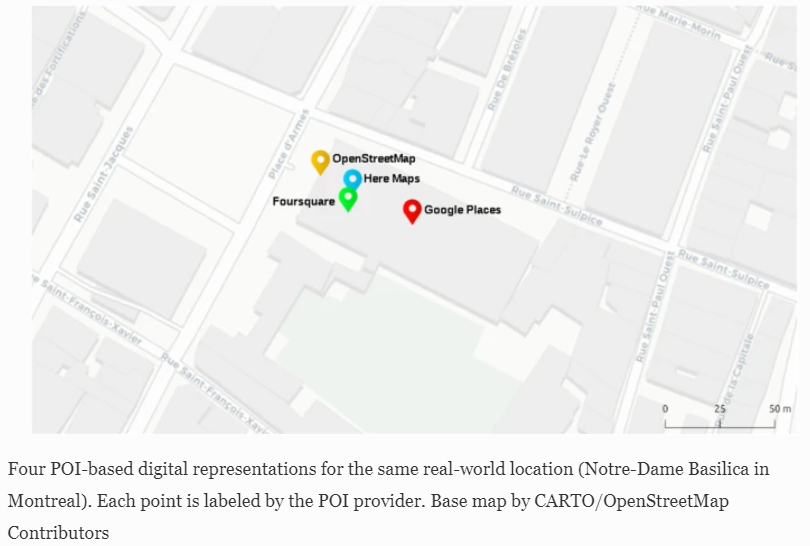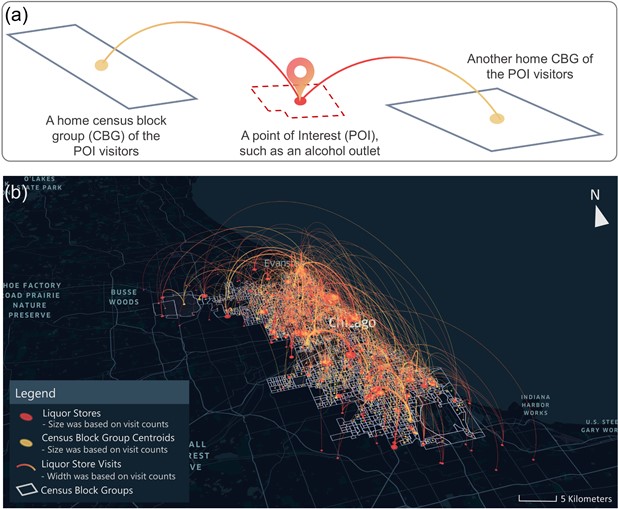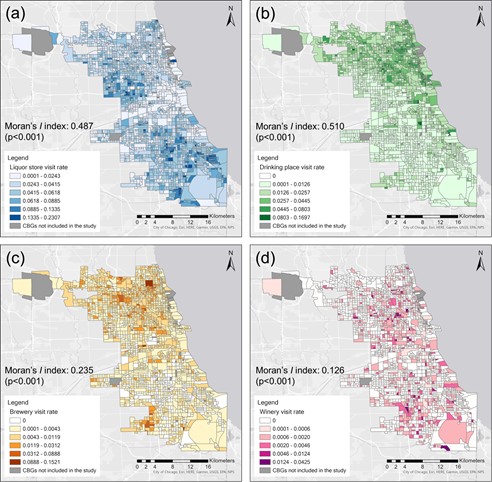We are currently organizing the 2023 AAG GeoAI Symposium. If you are interested, please see the call for sessions below:
Call for Sessions: 2023 AAG Symposium on GeoAI and Deep Learning for Geospatial Research
AAG Annual Meeting, Denver, March 23-27, 2023
Lead Organizers:
Yingjie Hu, University at Buffalo (yhu42@buffalo.edu)
Song Gao, University of Wisconsin, Madison (song.gao@wisc.edu)
Wenwen Li, Arizona State University (wenwen@asu.edu)
Dalton Lunga, Oak Ridge National Laboratory (lungadd@ornl.gov)
Orhun Aydin, Saint Louis University (orhun.aydin@slu.edu)
Shawn Newsam, University of California, Merced (snewsam@ucmerced.edu)
The past few years have witnessed significant advances in the interdisciplinary field of GeoAI. With the increasing availability of geospatial big data, advances in hardware computing, and novel AI models, researchers have integrated these three to address some of the most challenging problems facing our society and deliver positive social impacts. Examples include improving individual and population health, enhancing community resilience in natural disasters, predicting spatiotemporal traffic flows, forecasting the impacts of climate change on ecosystems, building smart and connected communities and cities, and supporting humanitarian mapping and policymaking. From a perspective of method development, researchers have infused spatial principles into AI models, and developed spatially explicit AI models that can better address geospatial problems, such as enhancing geoprivacy protection and better representing geographic features in embedding space. Great research efforts have also been made to increase the explainability of GeoAI models for supporting decision making, and identify and reduce potential biases in training data and the trained models.
Building on the success of previous AAG GeoAI symposiums, the 2023 Symposium aims to bring together geographers, GI scientists, remote sensing scientists, computer scientists, health researchers, urban planners, transportation professionals, disaster response experts, ecologists, earth system scientists, stakeholders, and many others to share recent research outcomes and discuss challenges for GeoAI research in the following years. We are calling for sessions on all topics related to GeoAI, including but not limited to:
- Advances in GeoAI methods and spatially explicit models
- GeoAI for deriving novel measurements and statistics
- GeoAI for enhancing community resilience in the face of disasters
- Ethics, geoprivacy issues, and social implications in GeoAI research
- GeoAI for improving individual and population health
- GeoAI for urban analytics, social sensing, and smart communities
- GeoAI for traffic flow predictions and transportation management
- GeoAI for supporting precision agriculture
- GeoAI for predicting the impact of climate change on communities
- GeoAI for ecosystem conservation and biodiversity
- GeoAI for earth system modeling and forecasting
- GeoAI for crime analysis and public safety
- Cyberinfrastructures and knowledge graphs for advancing GeoAI
- Data resources, tools, and benchmarking platforms for GeoAI
- …
Different types of sessions, such as Paper Session, Panel Session, and Lightning Talk Session, are all welcome. If you are interested in organizing a session in this symposium, please send an email to Yingjie Hu at yhu42@buffalo.edu before October 24, 2022. In your email, please indicate a working title of your session (which can be revised later), the session type (e.g., Paper Session or Panel Session), and session modality (whether it will be in-person or virtual). For any questions, please feel free to contact one of our organizers. Thank you and we look forward to seeing you in AAG 2023!
Best wishes,
Yingjie Hu, University at Buffalo (yhu42@buffalo.edu)
Song Gao, University of Wisconsin, Madison (song.gao@wisc.edu)
Wenwen Li, Arizona State University (wenwen@asu.edu)
Dalton Lunga, Oak Ridge National Laboratory (lungadd@ornl.gov)
Orhun Aydin, Saint Louis University (orhun.aydin@slu.edu)
Shawn Newsam, University of California, Merced (snewsam@ucmerced.edu)

